With the heavyweight SCIMITAR Elite Wireless, CORSAIR goes completely against the trend of super-light mice. The sliding key pad with 12 freely programmable keys is supposed to make the SCIMITAR a dream for MMO gamers and could also be interesting for productive use. Read our review to find out whether the equation works out.
The SCMITAR Elite Wireless weighs in at 113 grams, making it the heaviest mouse I’ve had my hands on in years. It inherits the sliding key pad from its wired sister, and the large 26,000 DPI MARKSMAN sensor from the in-house FPS mice. The SCIMITAR Elite also has everything else that a modern wireless mouse needs: Connection via 2.4GHz Slipstream receiver or also very fast Bluetooth 4.2 standard – both with up to 2000Hz polling rate, RGB lighting, DPI switching, profile memory, etc.
Sounds like a good starting position in and of itself and I could hardly wait to get the little mouse out of the box.
Unboxing
The design of Corsair’s packaging has not changed for this model.
The bright yellow (it looks a bit greener than it is in the photos) is unmistakable.
The mouse is protected from dust and dirt with a blister cover, which is secured in a cardboard slider.
Besides the mouse itself, some paperwork and a USB charging cable, a small Allen screwdriver is also included.
The first impression is convincing, the glossy frame with metallic flakes around the key pad is pleasing!
View from the front. The mouse is asymmetrically shaped and therefore not only designed as a pure right-handed mouse thanks to the key pad on the left.
View from behind. The asymmetrical shape is also immediately noticeable here. The illuminated CORSAIR logo is clearly visible on the back. The surface has a soft-touch coating.
The discreetly ribbed tray for the ring finger offers a good grip and even some space for the little finger. But more about that later.
Behind the scroll wheel is the indicator LED for the DPI setting and the corresponding button for switching through.
On the bottom, we find the wireless/off/Bluetooth switch, the button for switching the profiles that can be stored on board, the PTFE feet and the sensor.
Of course, the USB receiver also has a small compartment for transport.
The key pad in all its glory. Here it is pushed to the very back (small hands or short fingers).
The key pad is loosened at the hexagon socket screw at the bottom with the included tool.
It can then be moved continuously in the guide. Here completely pushed forward (for large hands).
Two zones are illuminated: the logo and the key pad. Unfortunately, it is not “addressable”, so you cannot adjust the key pad’s illumination “per key”.
Finally, the good piece was put on the kitchen scales. Boy, did we catch the mouse with a lot of bacon.














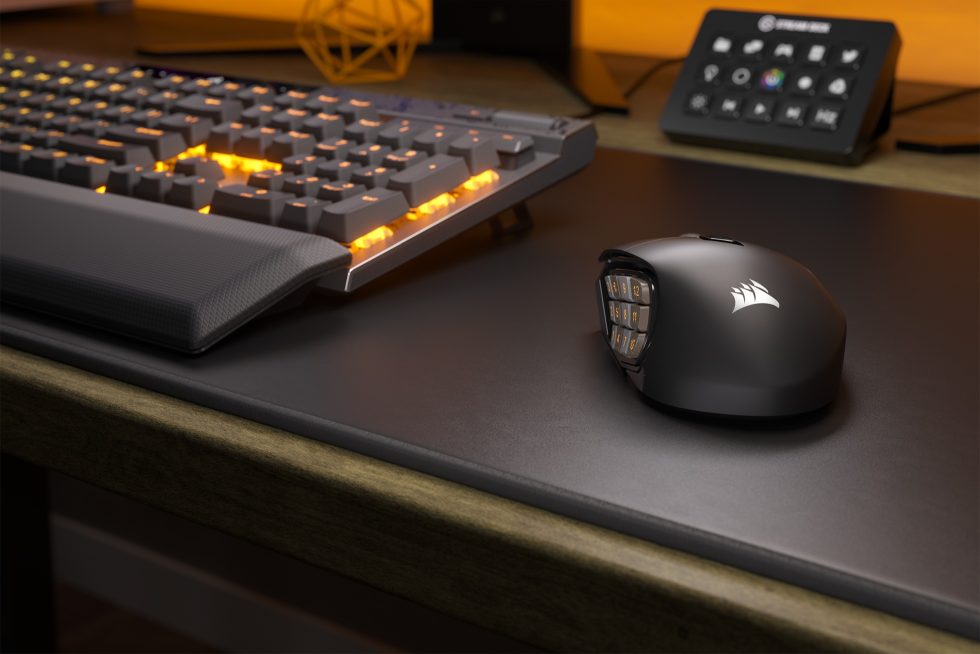
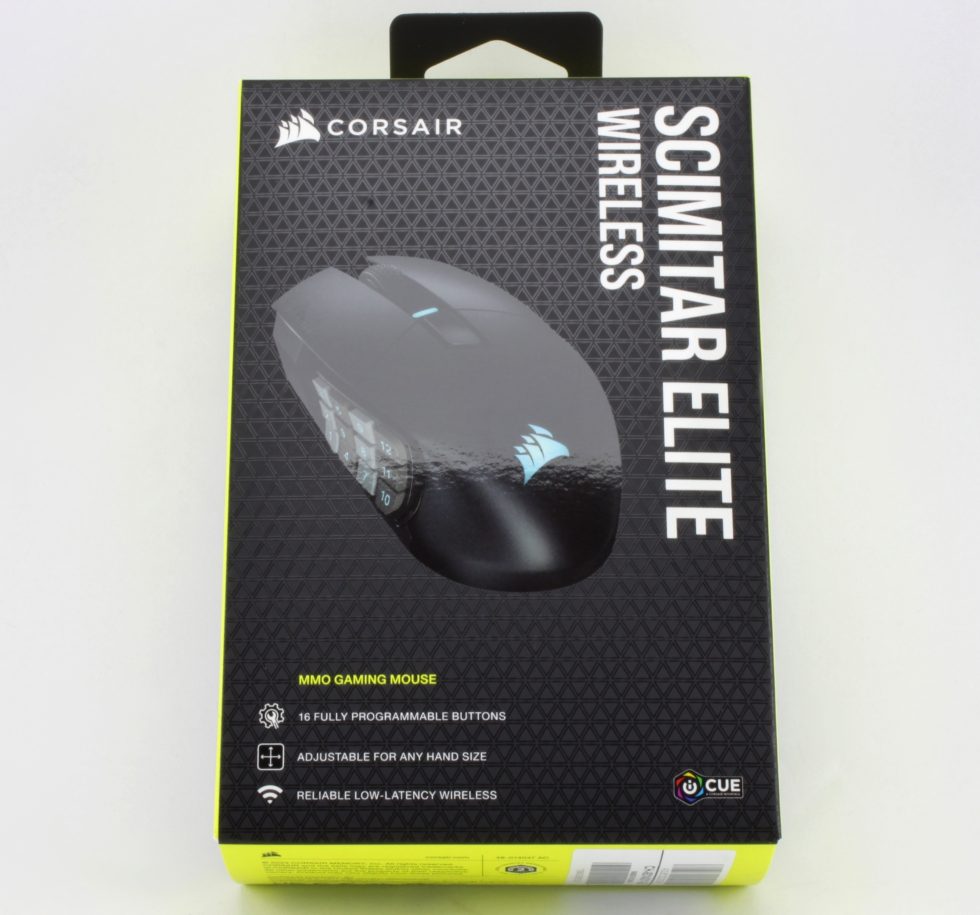
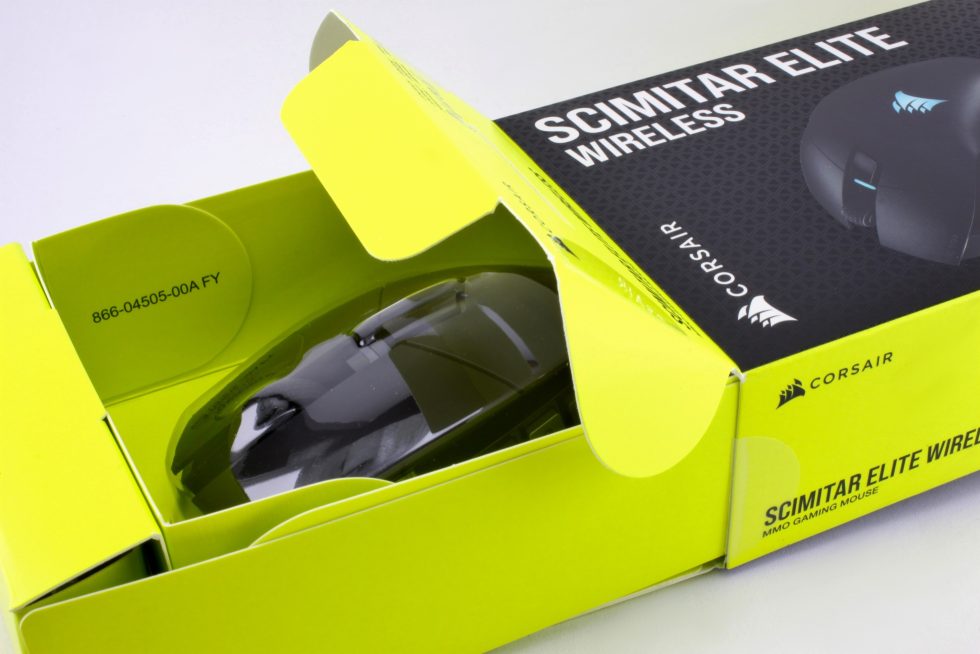
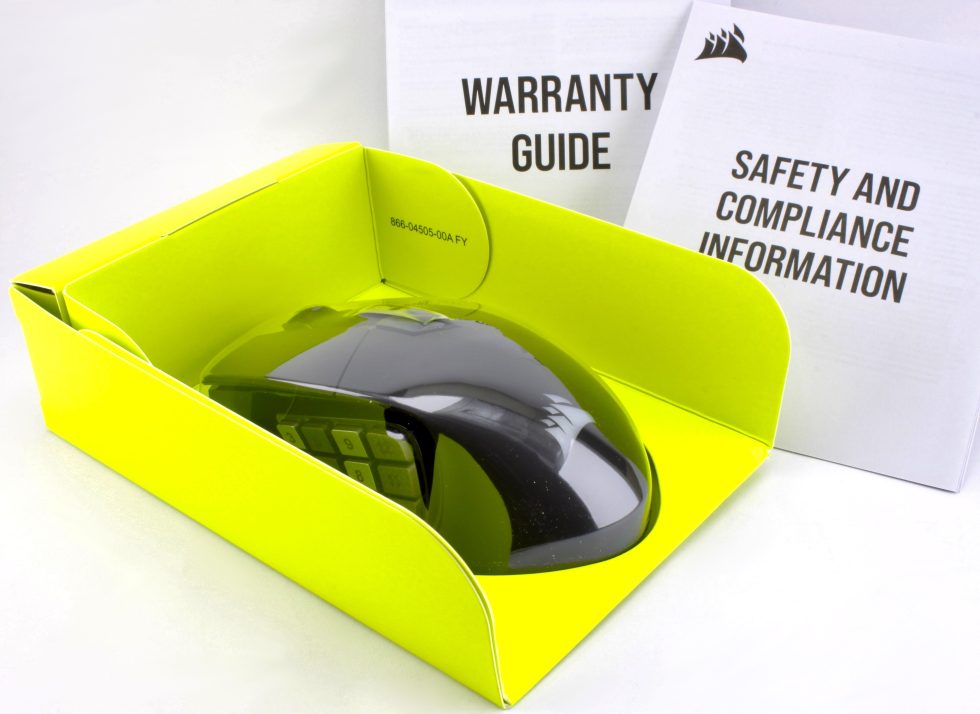
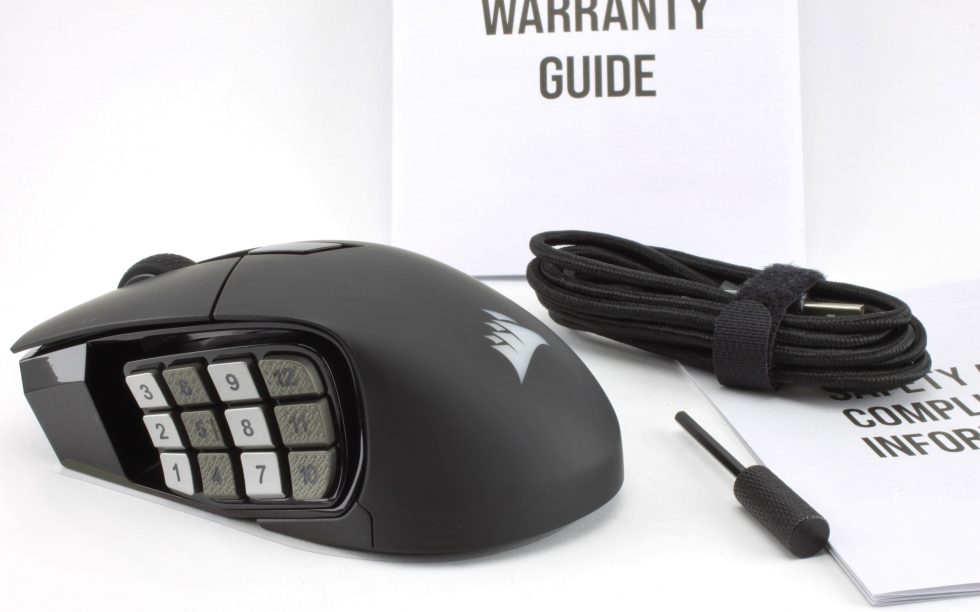
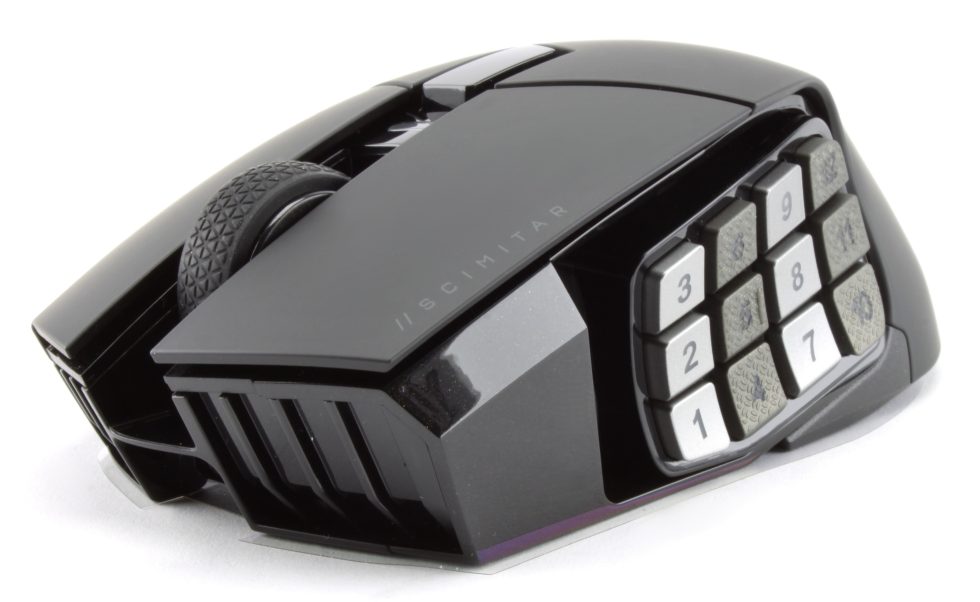
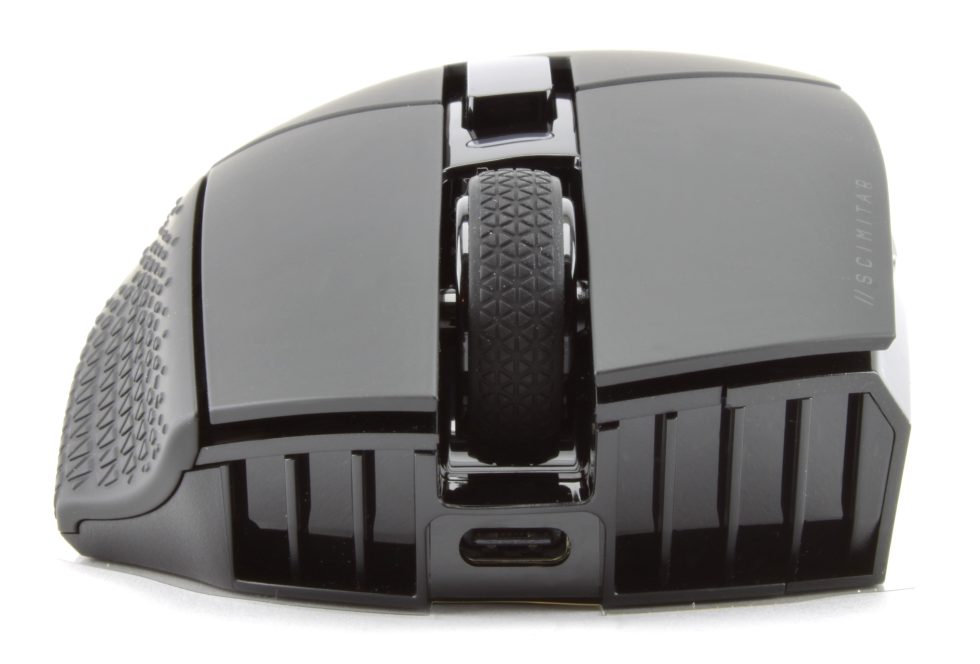
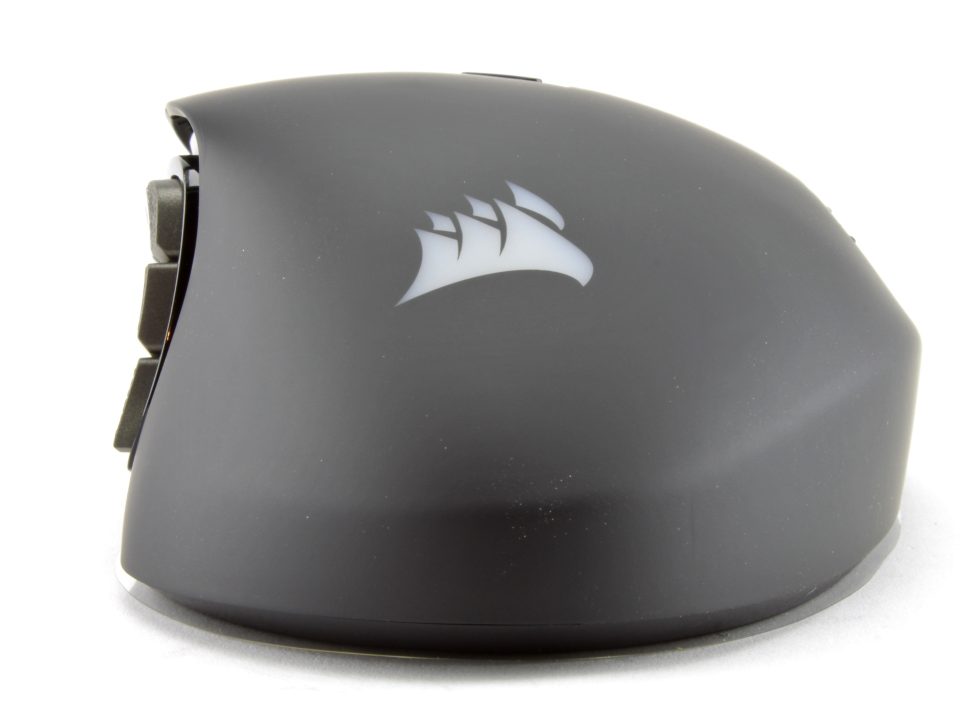
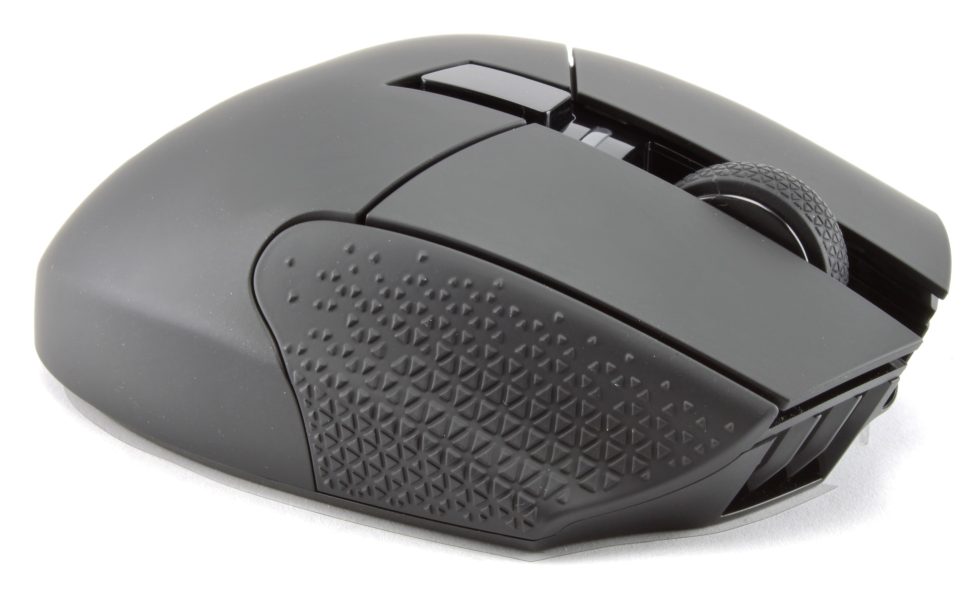
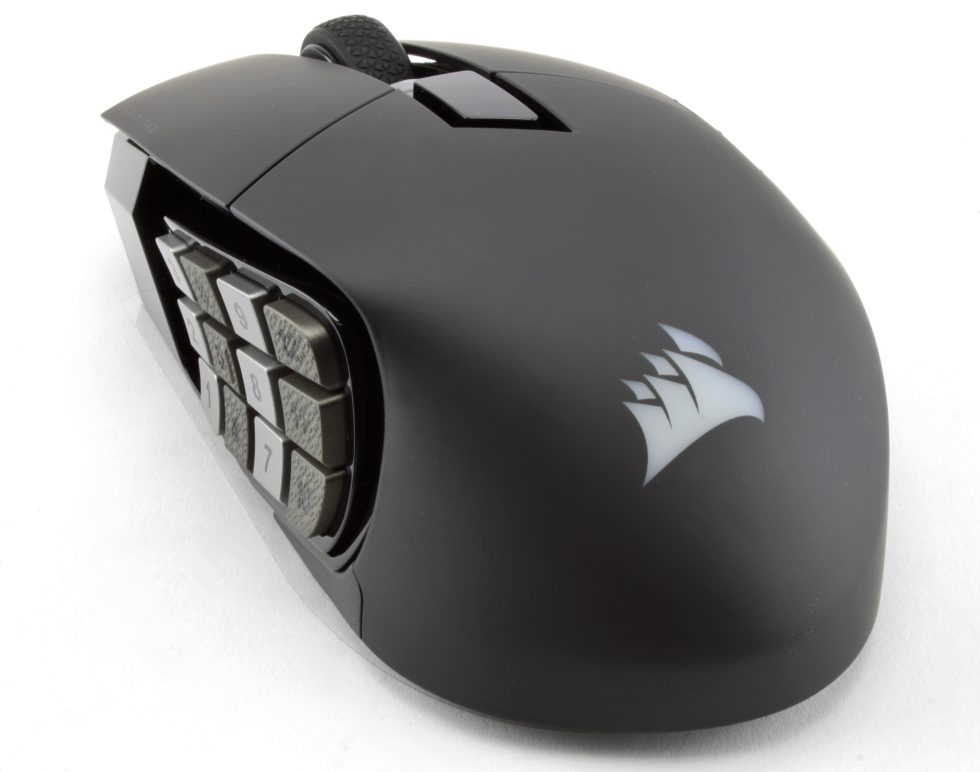
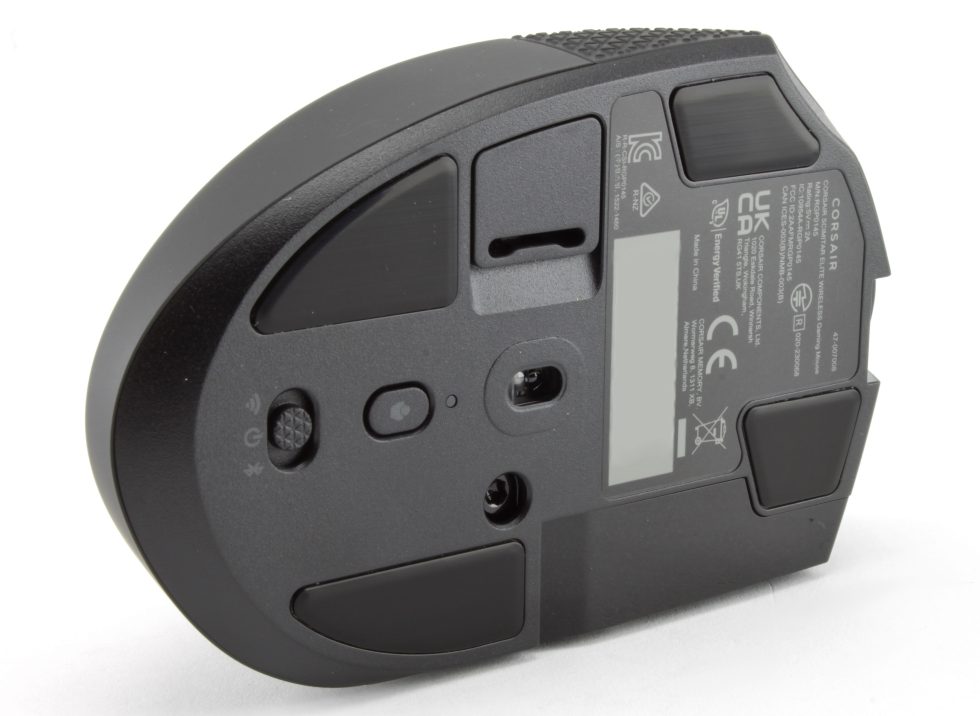
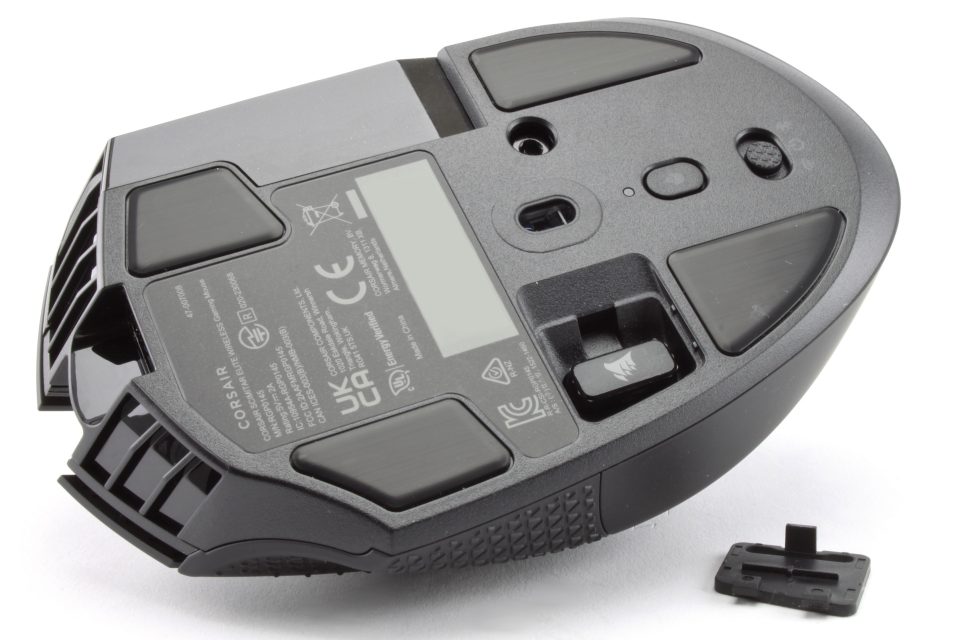
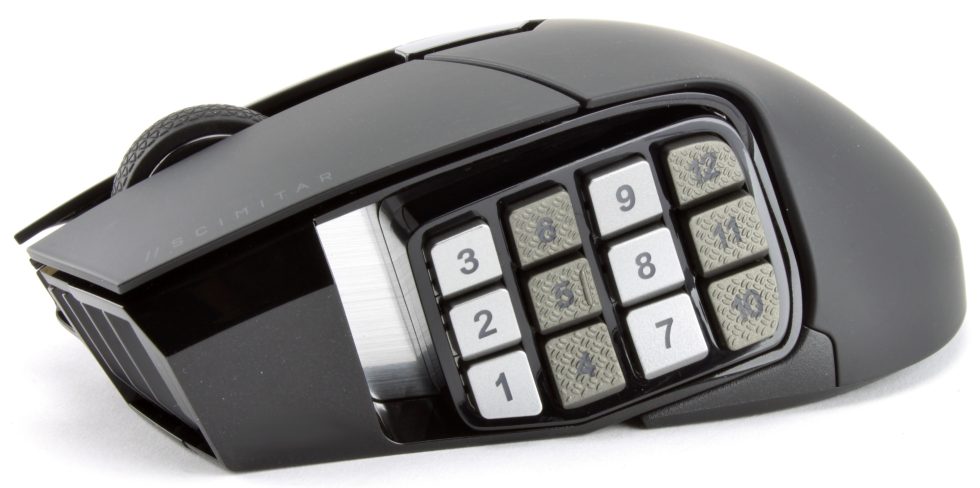
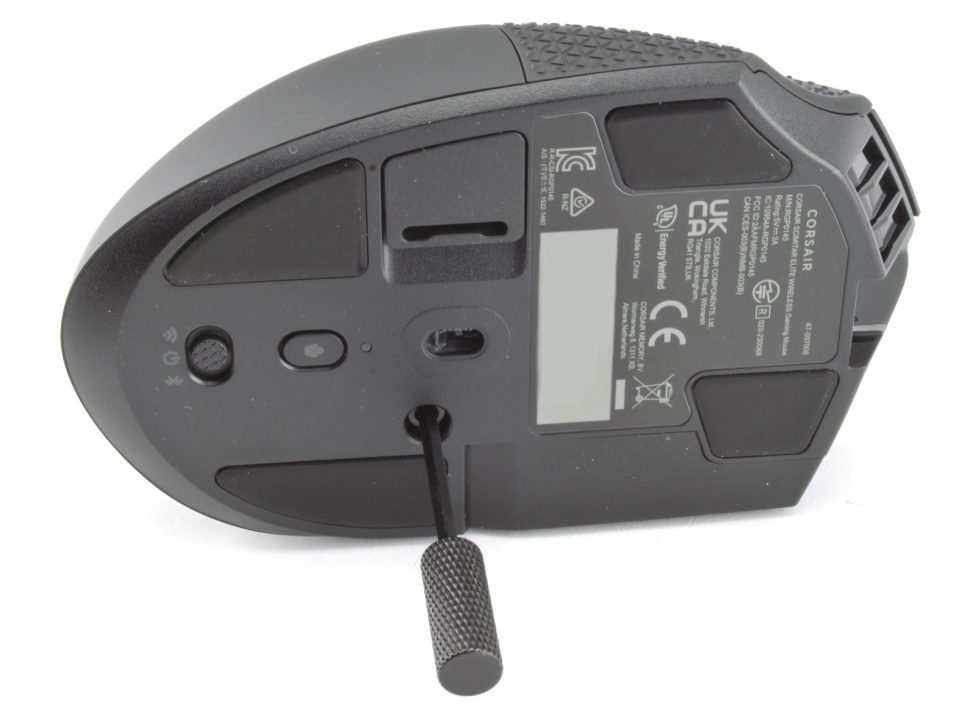
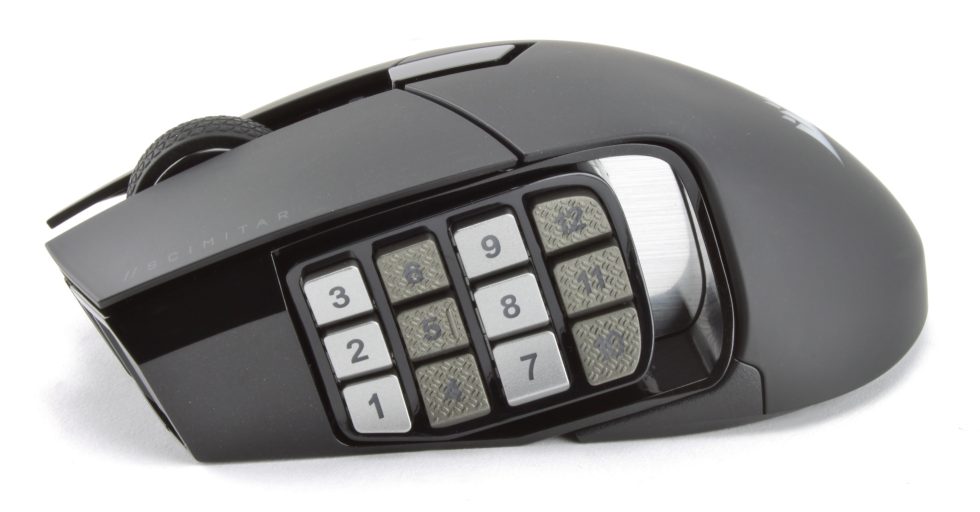
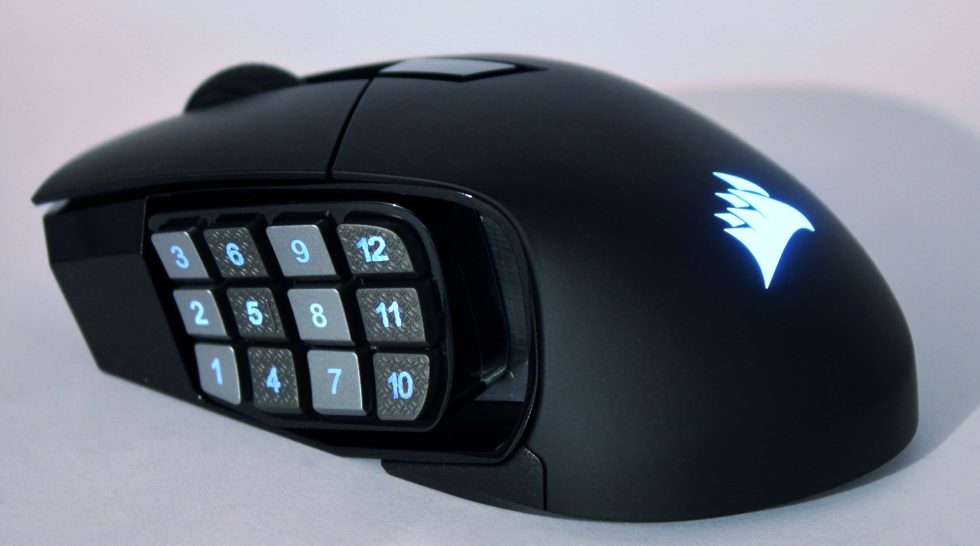
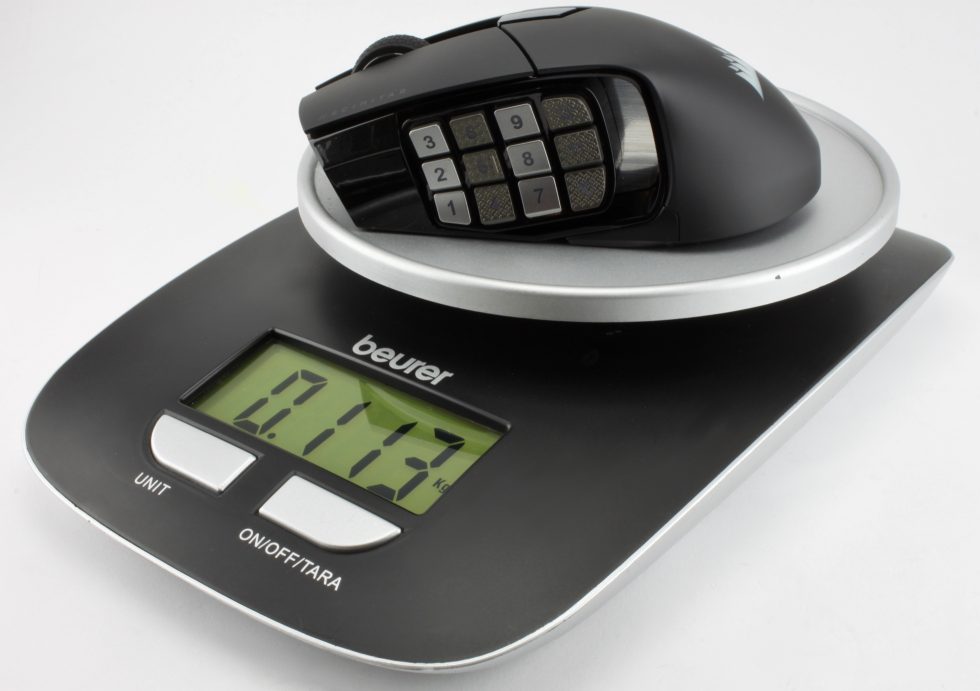








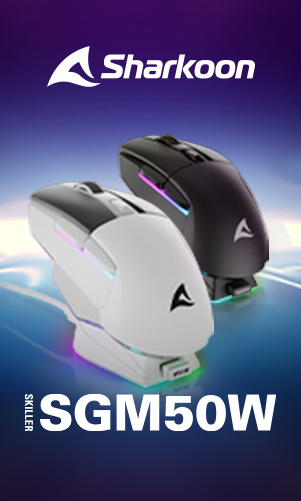
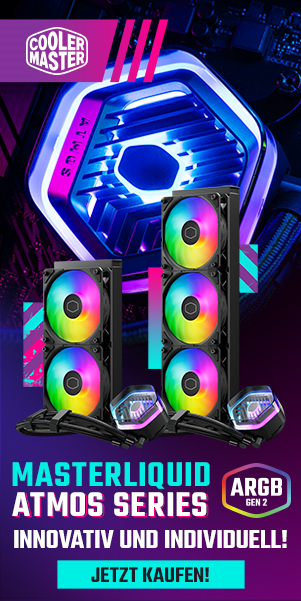




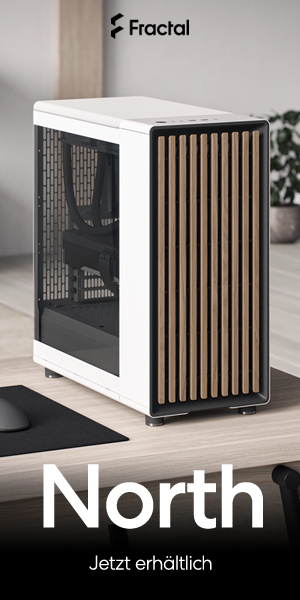



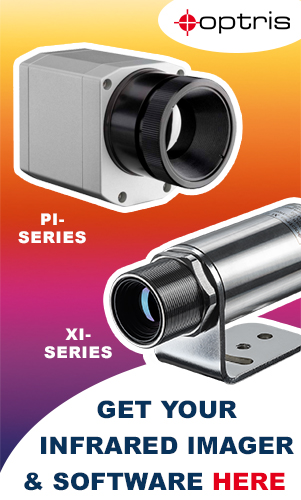

12 Antworten
Kommentar
Lade neue Kommentare
Veteran
Urgestein
Urgestein
Urgestein
Mitglied
Urgestein
Mitglied
Urgestein
Mitglied
Urgestein
Mitglied
Mitglied
Alle Kommentare lesen unter igor´sLAB Community →